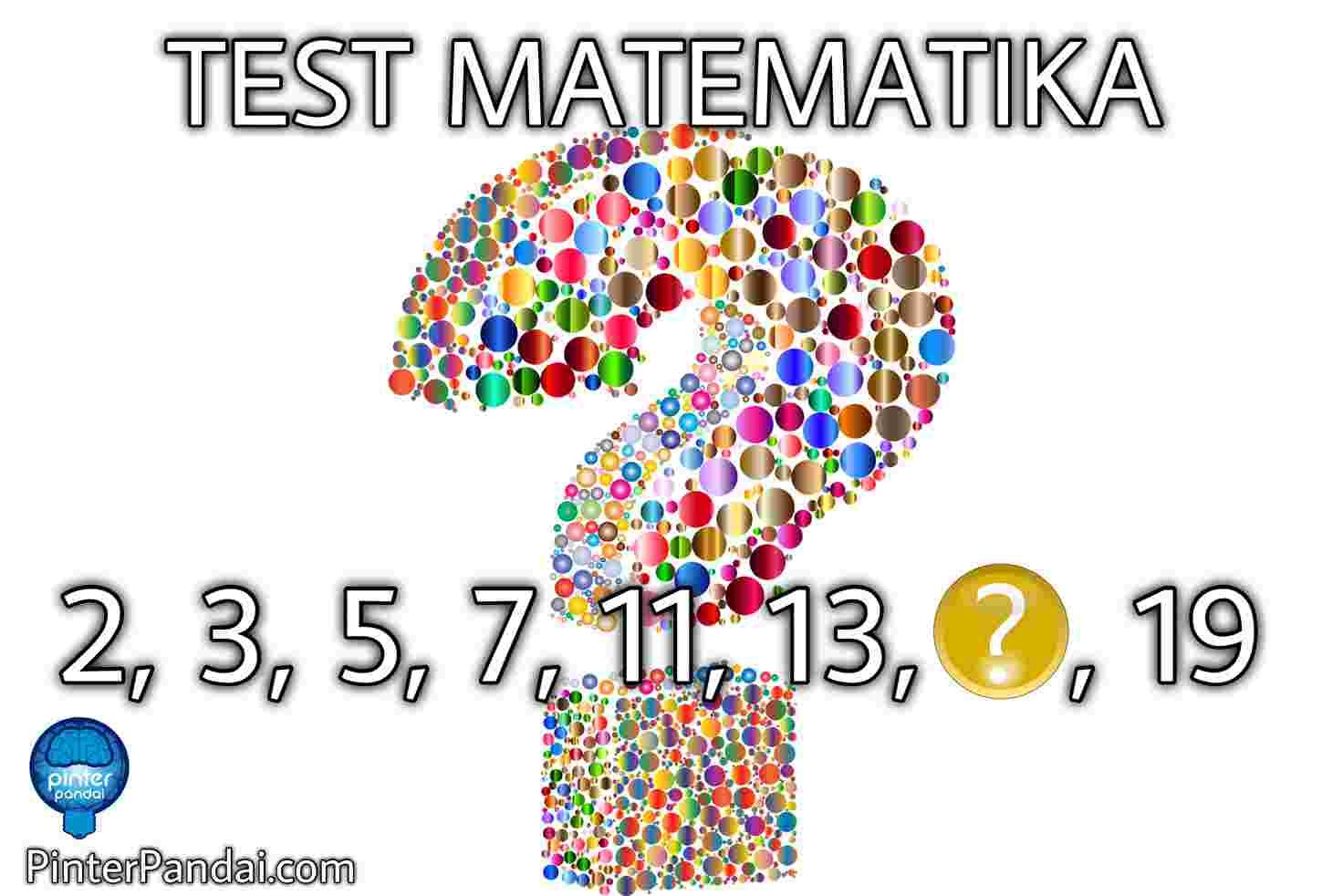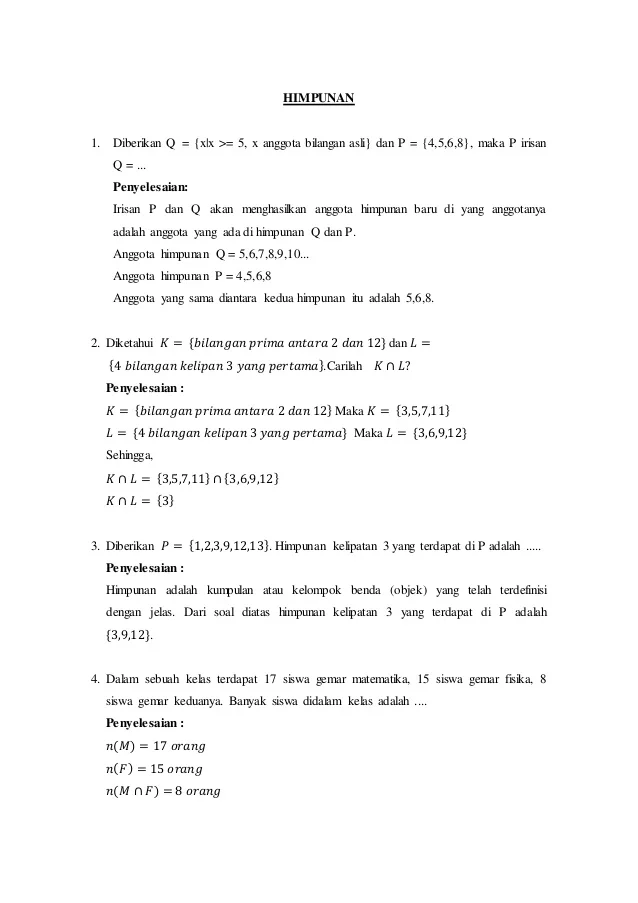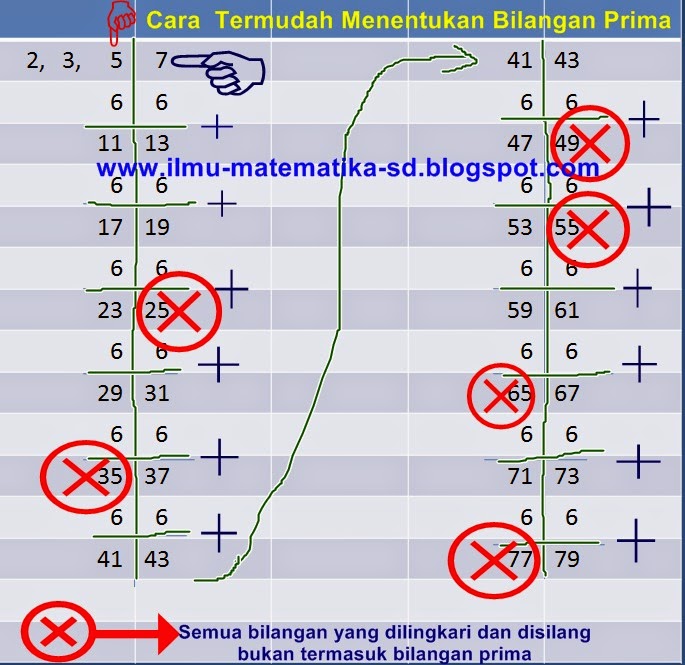2 3 5 7 11

2 2 133 3 113 7 75 5 7can t be done with 3 different primes there s no way to make 17 from 2 3 5 7 11 13 another answer 19 13 11 17.
2 3 5 7 11. The last digit is 0 2 4 6 or 8. 2 2 1 3 3 2 5 5 2 7 7 4 11 11 2 13 13 4 17 next term 17. Is 2 a prime. 2 3 5 7 11 13 17 19 23 29 31 37 41 43 47 53 59 61 67 71 73 79 83 89 97.
2 3 5 7 11 13 17 3 2 1 5 3 2 7 5 2 11 7 4 13 11 2 17 13 4 therefore the next number is obtained thus. The number 1 is not a prime number by definition. Divisibility test for 3. This shows you the divisibility tests for 2 3 5 7 and 11 so you can tell if those numbers are factors of a given number or not without dividing.
The number 0 is not a prime number. 2 3 5 7 11 x 17 in number series question a number series is given with one term missing. However the sequence 2 3 5 7 11 are the first five prime numbers. Divisibility test for 2.
One is has one divisor itself. The sum of the digits is divisible by 3. Is 1 a prime number. So the next prime numbers after 11 are 13 then 17 19 23 29 31 37 41 43.
Divisibility tests for 2 3 5 7 and 11. Is 0 a prime number. A prime number is a positive integer which has exactly 2 positive integer factore one factor being 1 and the other factor is the positive number itself.















